Room in a Room
Cycle: Every building was once a plan, a drawing on the drawing board. Lucas and Niemeyer, the architects of this building, had a clear plan. A hermetic repetitive design, modernistic space that would radiate precision and functionality. A new city would soon arise from the shadow of this modular structure. A modern city in which high rises would dominate the cityscape. Form in cadence. That city was never built. The grand metropolitan context remained absent. Therewith, the ministry became a block in the city center.
Over time, the users of the complex changed the layout of their spaces. The initial plan was exposed and meddled with. Turbidity is the fate of every plan which tries to be rigid.
Metropolis M - October '13 review:
"Helemaal bovenaan, op de negentiende verdieping, brachten Collective Works, Onno Dirker, Christian van der Kooy, David Veneman en Annemieke Blaha een aantal subtiele ingrepen aan die verwijzen naar de vormgeving, de geschiedenis of de artistieke waarde van het voormalige gebouw van binnenlandse zaken. Hoewel er vijf verschillende kunstenaars actief zijn geweest, blijft deze bovenste verdieping toch desolaat aandoen, wat het reflexieve karakter van de interventies ten goede komt."
https://metropolism.com/reviews/bz/



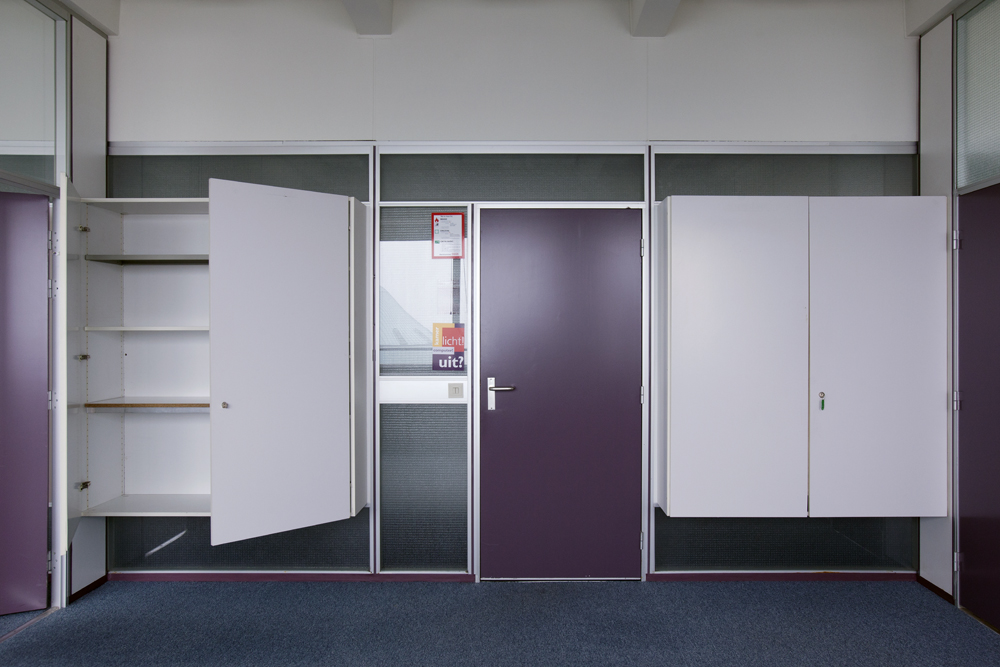

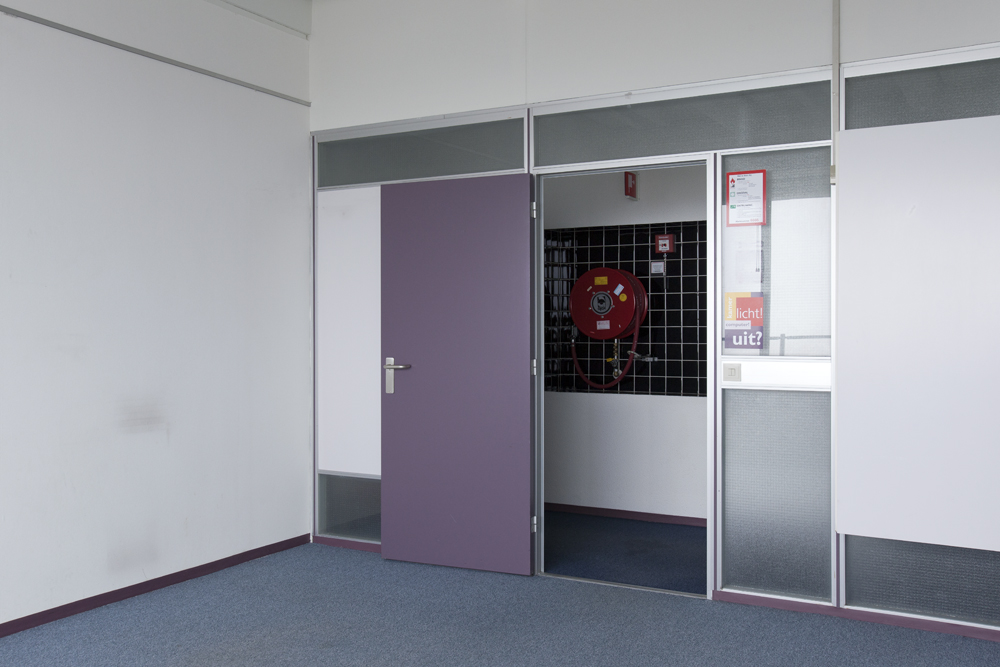
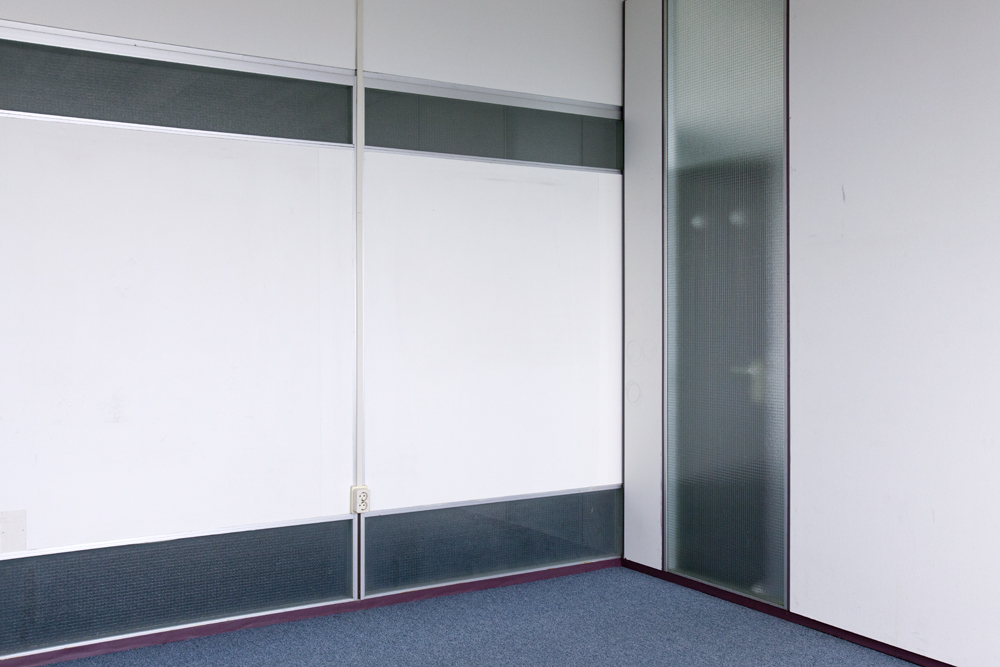
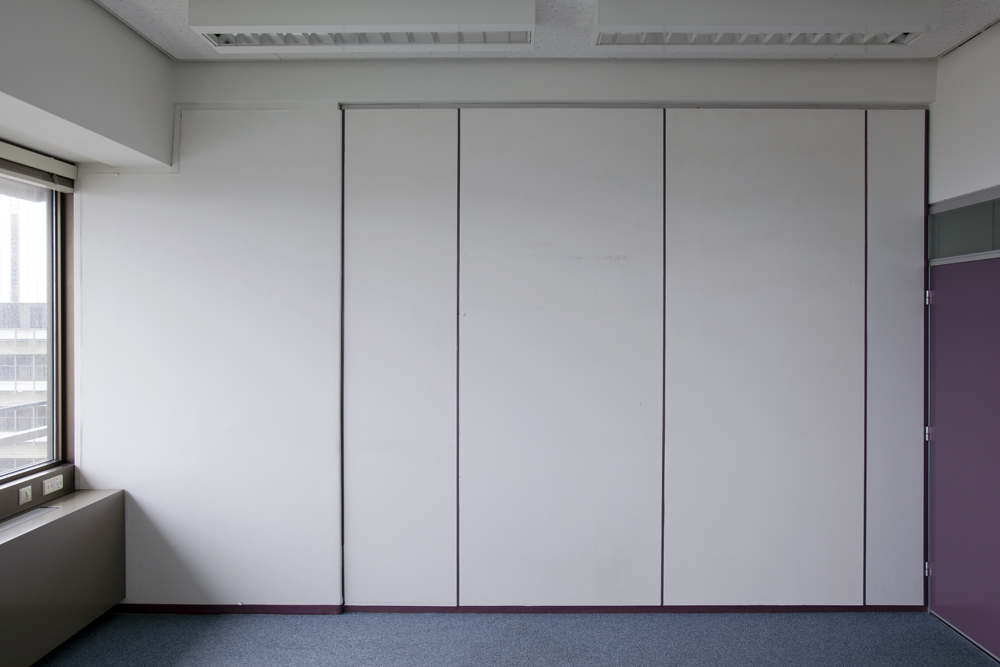
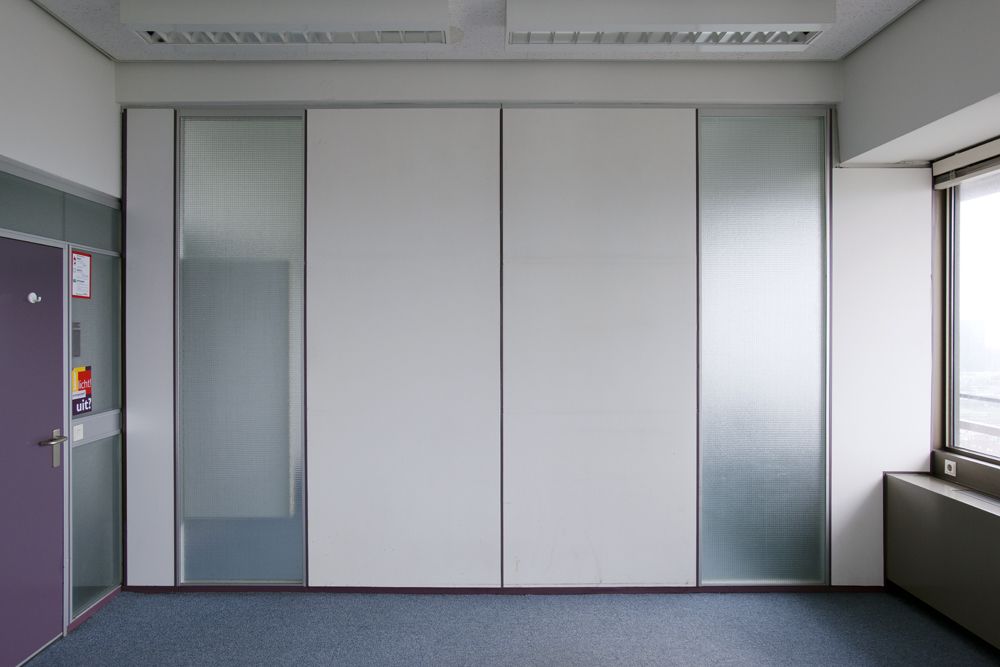

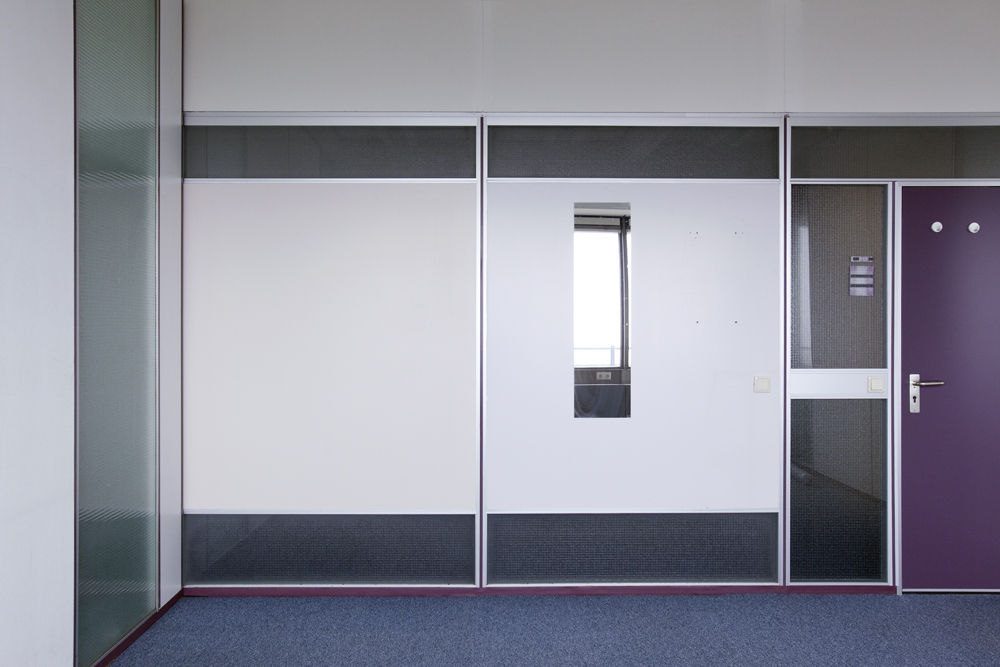
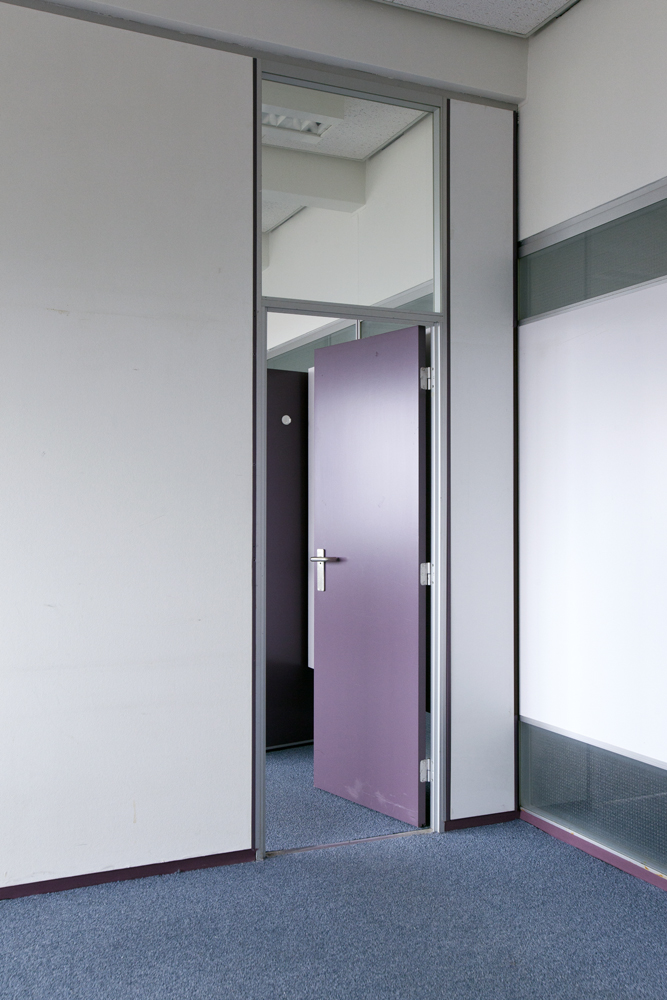
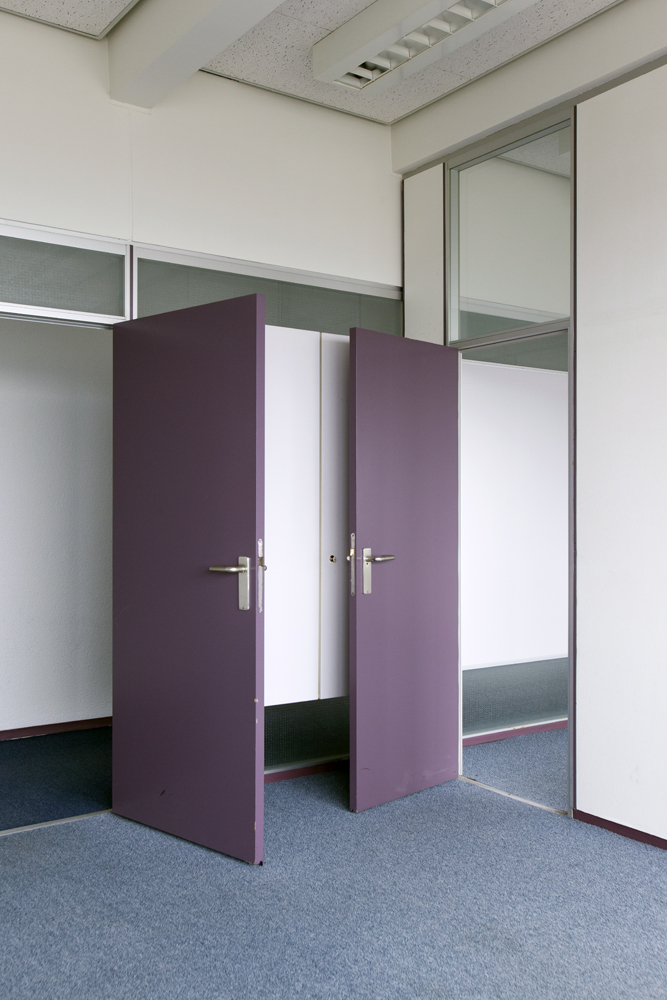

Soberness
Upon entering the abandoned quarters of the minister and the secretary of state, a whole world opens up for the person visiting this former Ministry. The representation of power, marble and brass, mirrored halls and exorbitant luxury. None of this. The exact opposite seems to be the reality.
One finds very sober quarters, decent decoration, neat and simple. Especially in this part of the building, little has changed ever since the completion. One finds original style elements, spaces with a formal character. The over 30 year old wallpaper is still attached to the wall, there’s an old light, everything is still intact.
What went on during the appointment of a new minister? De Gaay Fortman, Ien Dales, Johan Remkes, Piet Hein Donner, they all entered the building, shook the hands of direct employees, positioned themselves behind their pre-installed desks, opened up their suitcases and got to work. A decorum without abundant ceremony. Until they, on their turn, had to make room for their successor. It is exemplary for the Netherlands, the engineer shows in everything and everyone, as in its administrators.
The relocation of the ministry to new prestigious premises could be, especially in times of crisis, perceived as a sign of a changing mentality.





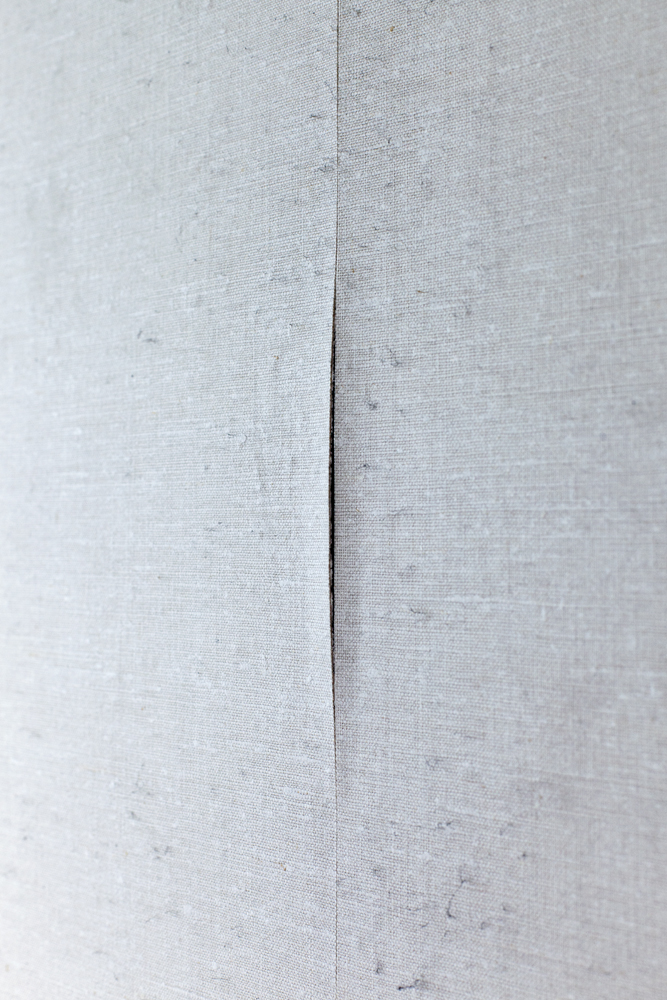
Commissioned by: TodaysArt Festival 2013
In Collaboration with: Onno Dirker